From the caper bush (Capparis spinosa), an ornamental bush that thrives in the stony soils around the Mediterranean, capers have been used as a condiment for centuries, as they keep for a long time much like gherkins.
If you have a caper bush in your garden, don’t hesitate to harvest its fruits to give your dishes a twist, and follow our tips on how to pick, preserve... and enjoy them!
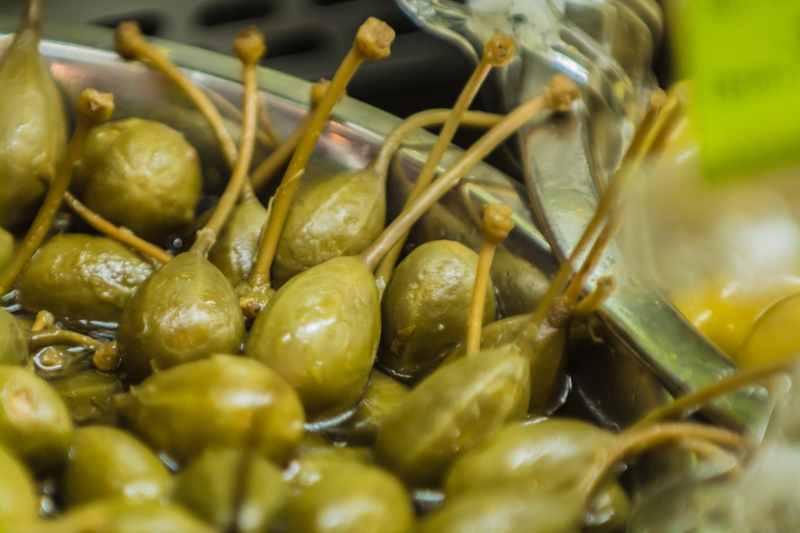
One bush, two capers
The caper bush is a small, evergreen, thorny ornamental bush native to the Mediterranean and the Middle East. It forms a somewhat prostrate habit, with long flexible stems arching downwards, on which large solitary white flowers with fine pink stamens open, very delicate. It is grown mainly in southern regions because it needs lots of heat and sunshine to flower well. You should therefore plant it in a south-facing spot. It likes poor, dry, stony soil and will even grow in wall crevices. It can also be grown in a pot in a sandy potting mix, taking care with watering and winter protection.
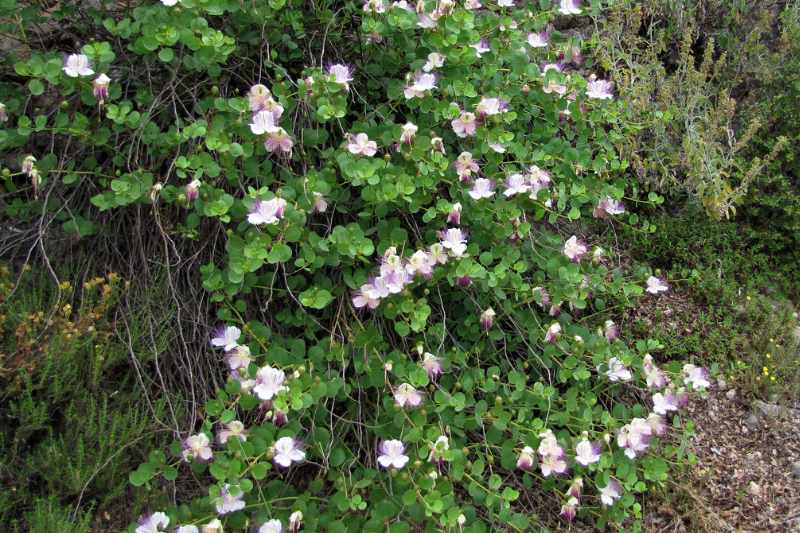
With a caper bush you actually get two types of capers that can be used in cooking. The first is the common caper: the one you usually find in the condiments aisle, in small glass jars at delis and shops. Small, round, slightly striate in appearance, olive green in colour, it comes from the flower bud. The capron, by contrast, is the fruit produced after flowering, recognisable by its stalk (the long peduncle that supported the flower is kept), its paler colour and its larger, elongated fruits. It is more popular in Italy, used in raw dishes or as an accompaniment. When you cut a capron, its flesh appears red and full of small seeds. In France it is found in delicatessens or Italian shops.
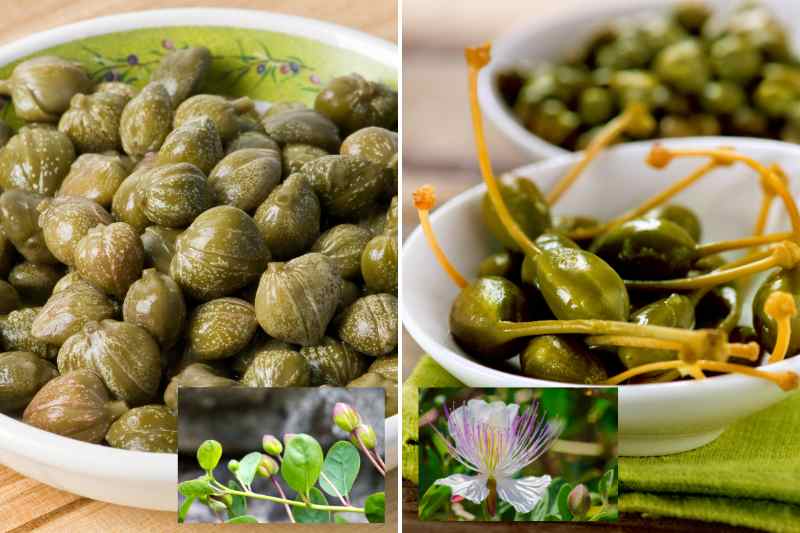
When and how to harvest capers?
As you’ve guessed, it depends on which "caper" you mean. Capers that come from flower buds are harvested earlier, from June, before the flowers open. The buds then have a green-pink colour. Caprons are harvested once the flower has turned into an ovoid, fleshy fruit about 4 cm long, after pollination has taken place.
The caper bush keeps flowering until October–November. This allows harvesting over many weeks, both buds and fruits, which coexist on the long branches. You can normally make at least three harvests for your own caper production. Most production, however, happens in mid-summer, the hottest period when flowering intensifies.
Fresh capers or caprons are picked by hand. The Capparis spinosa 'Inermis' variety, free of thorns, makes harvesting easier. Capers are harvested by gently pulling the flower buds when they are well swollen but still closed. Have a small basket or container to hold them. By contrast, keep the stalk of caprons by cutting it or pulling it at the point where it joins the stem.

How to preserve capers?
In France capers are traditionally matured and preserved in brine or vinegar, but as in Italy you can also cure them only in coarse salt in a small sealed glass jar. Fresh capers are indeed too sharp and bitter.
- Wash freshly picked capers
- First, dry your capers or caprons for a day — ideally in the sun.
- To remove bitterness, soak them, changing the water each day for 3–4 days, the same way as for olives (see Olivier's article below in related posts).
- Then cure them in coarse salt or fine salt.
- Rinse them in a colander and dry on kitchen paper or with a clean cloth.
- Place them in a small jar, pressing down lightly.
- Prepare the brine: 750 ml water, 250 ml spirit vinegar and 100 g salt. Bring the mixture to the boil in a saucepan.
- Pour the hot brine over the capers until the jar is full and seal tightly.
- Capers will be ready to eat after at least one month.
You can keep capers preserved in salt or brine for around two years. Once opened, the jar will keep in the fridge for up to three weeks. I recommend storing capers in small containers (mini jam jars or small glass terrine jars), even if that means making several jars.
N.B.: Capers preserved in salt should be rinsed in several changes of water. Capers preserved only in salt can be stored in a cupboard once opened.
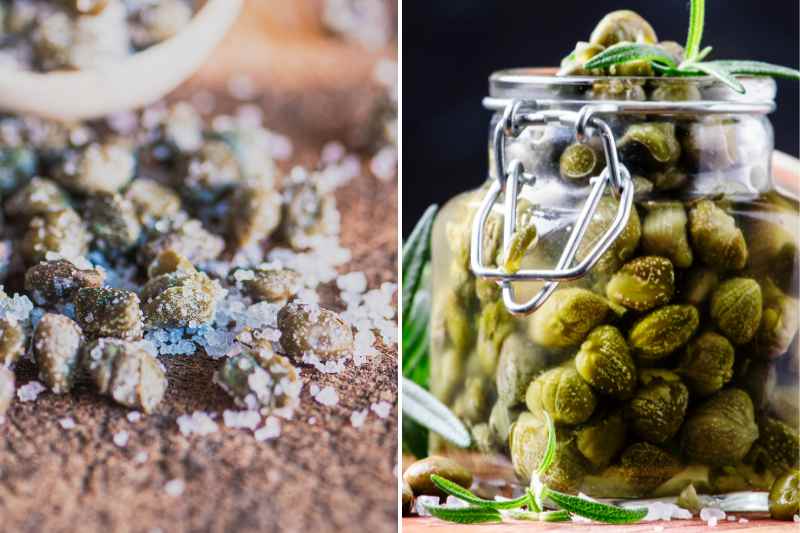
How to use capers?
In many ways... and all year round! They immediately lend a Mediterranean note to dishes and enliven many sauces. In the Italian style and for summer, capers brighten a simple tomato and mozzarella salad (or caprese salad — a false friend, the word caprese referring to the island of Capri), and they are welcome on pizzas topped with tuna or anchovies. They are an essential ingredient of Sicilian caponata!
You’ll also find them in a classic French dish, the wing of ray with capers à la grenobloise, where their acidity combined with brown butter delights lovers of this flat fish. In winter they make a fine alternative to gherkins or small pickled onions with raclette. Try them in tuna bricks too — excellent! They are also often used in sauces, where they add a lot of character and acidity to rich beef dishes, such as sauce ravigote or sauce gribiche, and of course they are an indispensable touch of madness with steak tartare and are part of the ingredients for tapenade. The capron, firmer and less acidic, is perfect for aperitifs and adds a decorative touch to salads and pasta dishes.
My tasty idea with capers:
Linguine with capers, confit garlic, olives and lemon — a wonderfully simple dish I discovered in Sardinia. Add anchovies or tuna to taste and depending on what you have in the larder. It’s a little delight, full of flavour, and can be enjoyed all year with tinned tuna, which works very well! Also try spaghetti alla puttanesca, another treasure from the Bay of Naples...
And you, how do you like to use capers?
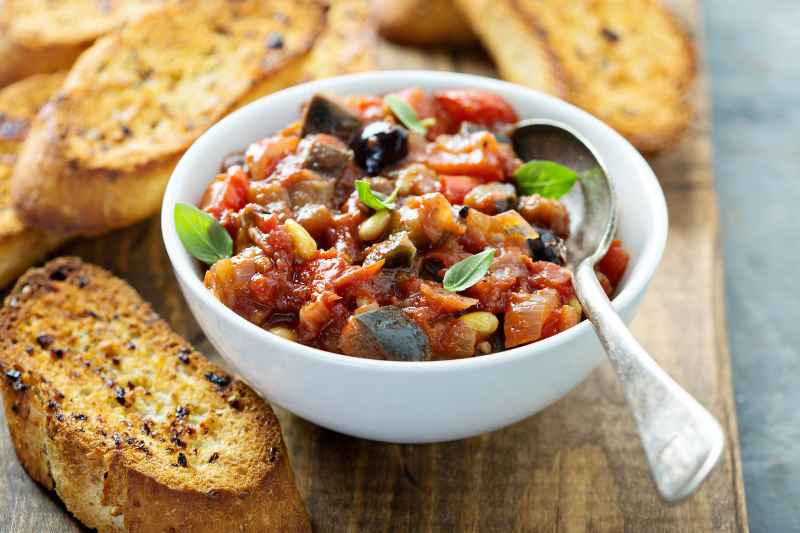
To find out more...
Learn all about capers by reading Angélique’s excellent article on the history of the caper bush!































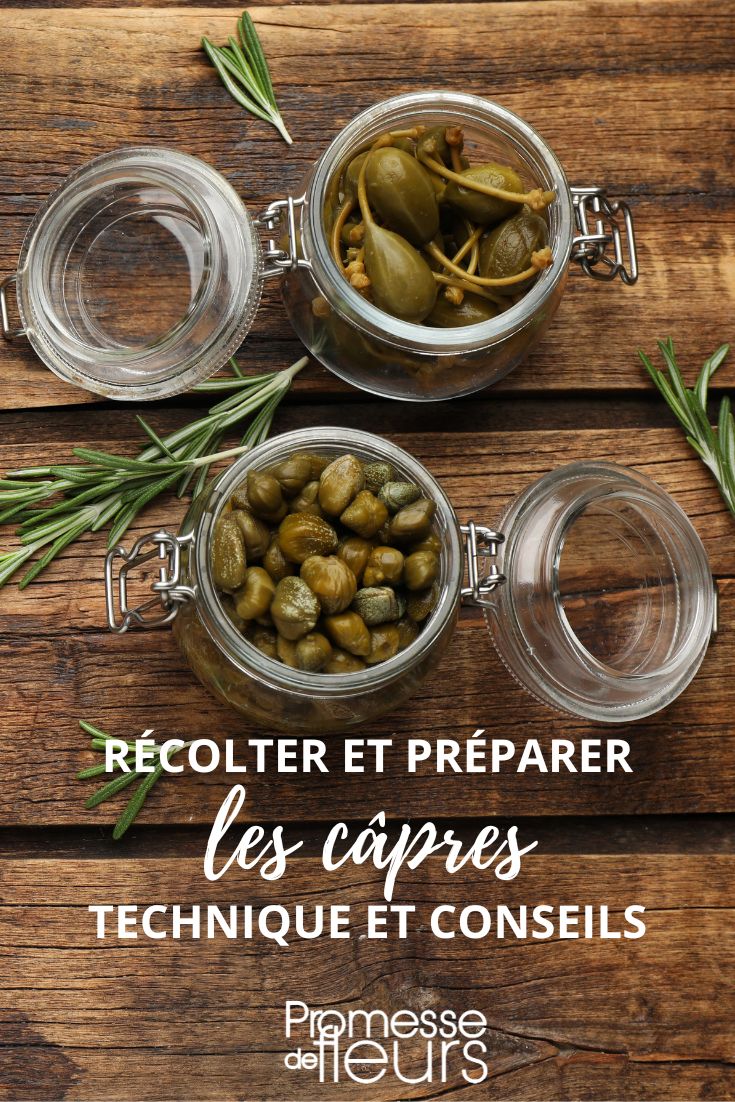
Comments